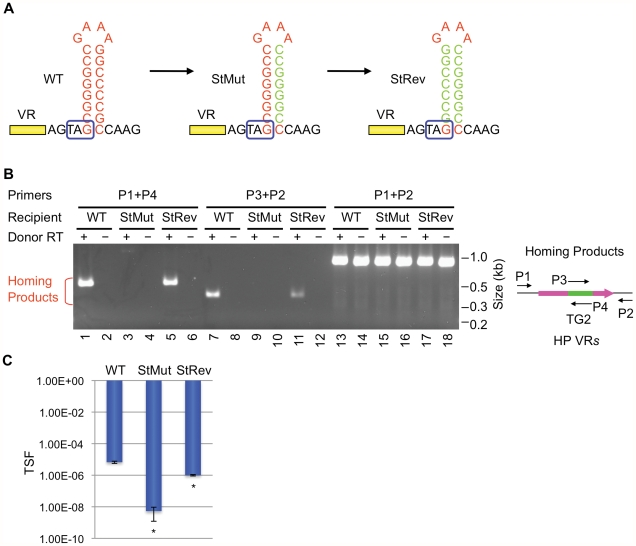Figure 2. The hairpin/cruciform structure downstream of VR is required for target recognition.
(A) WT and mutant hairpin/cruciform structures. Boxed TAG, mtd stop codon. (B) The hairpin/cruciform structure downstream of VR, as opposed to the primary sequence of the stem, is required for DGR mutagenic homing. PCR-based DGR homing assays are shown on the left, with primers used to detect homing products shown on the right. Sequence analysis of homing products demonstrated TG2 transfer from TR to VR with WT (data not shown) and StRev recipients (Figure S3). Adenine mutagenesis was observed in 7/12 of WT and 8/15 of StRev homing products amplified with primers P1 and P4, and 6/10 of WT and 5/20 of StRev homing products amplified with P2 and P3 (data not shown and Figure S3). (C) The hairpin/cruciform structure downstream of VR is required for phage tropism switching. The graph shows phage tropism switching frequencies (TSF) for BPP-1ΔATR with WT or mutant hairpin/cruciform structures. The bars represent mean TSF ± standard deviations (s.d.). P values comparing mutants to WT in Student's t tests are indicated with asterisks. *P<0.02.

